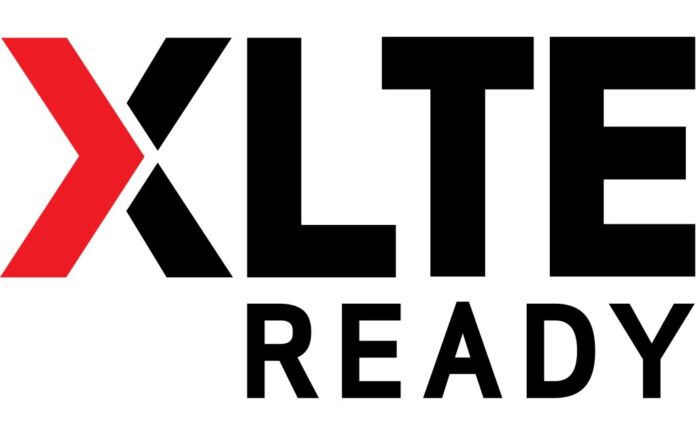Verizon Wireless unveiled the “XLTE” brand for its LTE service boosted by the inclusion of its 1.7/2.1 GHz (advanced wireless services) spectrum assets. The move followed rumors last week of a potential XLTE launch.
The carrier said the enhanced service will provide faster network speeds through the doubling of bandwidth available across the network. Verizon Wireless initially launched LTE services using 20 megahertz of spectrum from the 700 MHz band, which provided the carrier with the ability to efficiently cover the more than 300 million potential customers that currently have access to the network. Strong usage in some markets required Verizon Wireless to quickly begin adding up to 20 megahertz of spectrum support from its AWS spectrum holdings to bolster capacity.
Verizon Wireless has been aggressive in enhancing its 1.7/2.1 GHz spectrum holdings, having initially won a handful of licenses during the Federal Communications Commission’s 2006 spectrum auction, before acquiring a substantial number of licenses through various transactions. Verizon Wireless has also said it was very focused on the FCC’s upcoming AWS-3 spectrum auction that includes 50 megahertz of new spectrum set aside for commercial services.
Verizon Wireless is not offering any speed promises for the XLTE service, seeming to stick with the five to 12 megabit per second speed it claims for its non-XLTE LTE service.
T-Mobile US has been aggressive in marketing its deeper LTE spectrum support following its acquisition of MetroPCS, which has allowed the carrier to dedicate up to 40 megahertz of AWS spectrum in select markets. That support has shown itself in recent speed tests that have seen T-Mobile US trump its larger rivals. Sprint has also begun to tout the future benefits of its Spark program that will see the carrier bolster its initial 1.9 GHz-based LTE deployment with more spectrum from its 800 MHz and 2.5 GHz portfolio.
The XLTE service is currently available across markets in 44 states and compatible with a handful of devices, including its latest Droid devices; Samsung’s Galaxy S4, S5 and Note 3; and Apple’s iPhone 5C and 5S models. The carrier noted those devices account for more than 35% of all devices running across its network.
Bored? Why not follow me on Twitter?

Verizon Wireless super-sizes LTE under 'XLTE' banner
ABOUT AUTHOR
